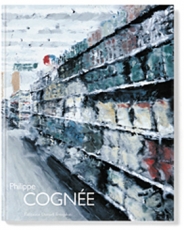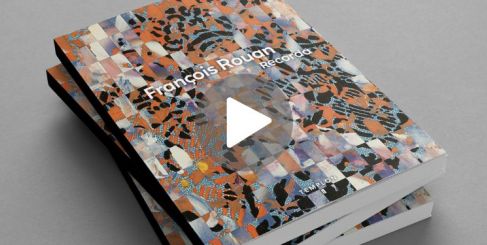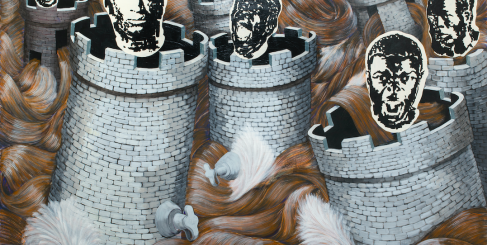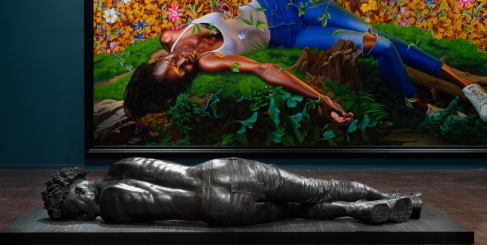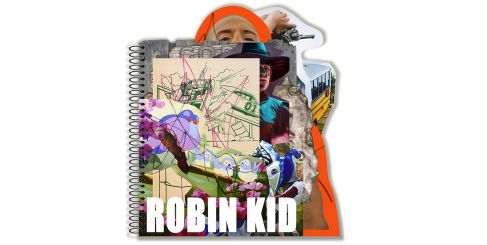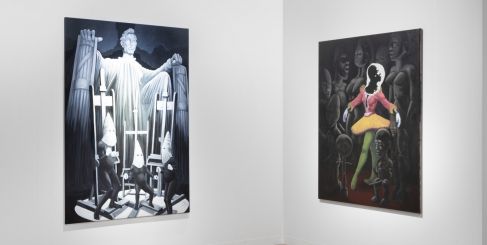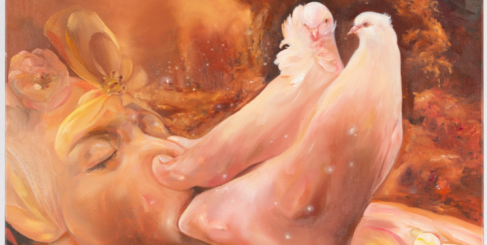News
the artist PHILIPPE COGNÉE BY HENRY-CLAUDE COUSSEAU, the director of the ENSBA
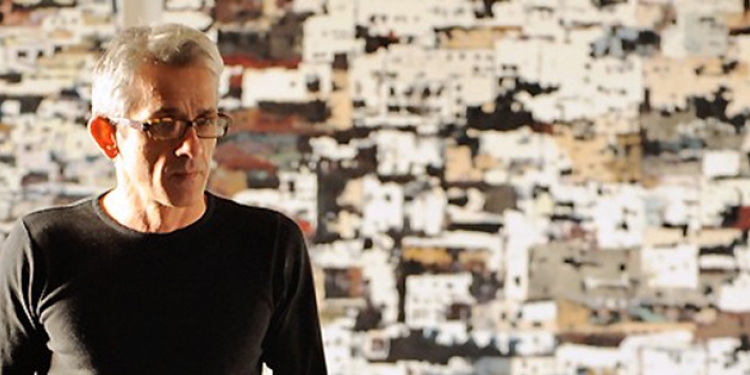
Henry-Claude Cousseau, Director of the Ecole Nationale Supérieure des Beaux Arts de Paris, wrote the introduction of the first monograph dedicated to French artist Philippe Cognée.
This monograph of 288 pages and over 200 reproduced works, was created and published by Communic’ Art for Galerie Daniel Templon, with the support of the Centre National des Arts Plastiques.
Henry-Claude Cousseau tells us about the artist’s work, his background and his pictorial evolution and gives all the measure to Philippe Cognée’s work, at the foreground of the French art scene.
- Philippe Cognée’s works are based on Photography. Which aspects of this medium attracted him?
H-C C : The photography did become essential for Cognée. We would soon see it going through all its current mutations, from video to computer image. The photographic act, like the document to wich it gives form, is at once a supoon and study note, essentially a “working tool”. It neutralises the powerful mythological space in wich his work had up to then been enclosed. It enables him to rethink the question of the subject, to find a new freedom and “leave imaginary lands”. From now on, photography would be with him all the time, for it stands not only for immersion in the real, immediate contact, but also, above all, for mastery of the instant, even if this is illusory.
- The landscapes, the objects, the faces are blurred at Philippe’s Cognée’s … Do these “images” set up themselves as sets on the perception collection?
H-C C : These pieces that we must call images, for that is their overt function, introduce one of the paradoxes with wich Cognée has already made us familiar. Far from competing in terms of realism, precision and virtuosity in fidelity to the customary principles of representation, afr from playing at simulacra, these images also play games with optical perception, they locate themselves in another register, that of the elusiveness of matter, of the difficulty of defining it, of representing it.
- In 1990, Philippe Cognée’s residency at the Villa Medicis marked a change of direction in his work. Do you think that this experience was a kind of “liberation” for the artist?
H-C C : He had his mindfull of his personal myths, but what he saw in Rome was not the epic city, mother of all cities and place of triumphs, but a city of earth, of soil and successive sediments where history was burried, depths where lives were swallowed up forever paradoxically, then it was Rome that expedited the break with the past and that as if re-emerging into daylight brought him back to the real, to the surface of things opening his eyes once for all.
- Philippe Cognée’s most recent works seem to convey a current uneasiness. How does he try to interpret it, to sublimate it ?
H-C C : We are tempting to see in the Cognée’s latest paintings has a desperate effort to sublimate the confusion into which the worl seems to be sinking. Previously concerned with his familiar environment, as if this were reality that justified his art, the artist is no preoccuped with the destiny of the whole world, of which he realises that his world was merely a fragment.
- Philippe Cognée spent a part of his long childhood years in Benin, in Africa. How do you think this experience imbued his work ?
H-C C : Cognée owes a great deal to this Afican part of this life, wich helped shape his sensibility and imagination, becoming a permanent part of his world. The memories of this are still vivid. The smlls, the visual impressions, the materials and the crafsmen’s techniques all constituted a stock on wich he drew for many years, and many aspects of his work, even today, can be explained by the experiences he had there.
- At 50, Philippe Cognée is the one of the leading painters of the French art scene, how this monograph contributes to establish his international reputation ?
H-C C : There was no monograph for approaching and interpreting the overall work of Philippe Cognée yet. This publication by the abundance of prints, their outstanding quality, the clarity of the carrer wich allow to follow the pictural evolution of his painting, his critical apparatus finally, constitute the first instrument of knowledge and difusion of work which has continued for twenty years to establish itself as one of the most successful and most consistent.
The fact that it is bilingual is obviously capital. It will allow to amateurs and connoisseurs, on an international level, to finally take the measure of the work of an artist who is at the forefront of the French scene.
Philippe Cognée’s monograph, Henry-Claude Cousseau’s introduction, text of Christian Bernard, bilingual English / French, biography and bibliography, hardcover, 240 x 300 mm, 288 pages, price : 50€ TTC, ISBN : 978-2-917515-03-7.
Available to the sale at galerie Daniel Templon.

